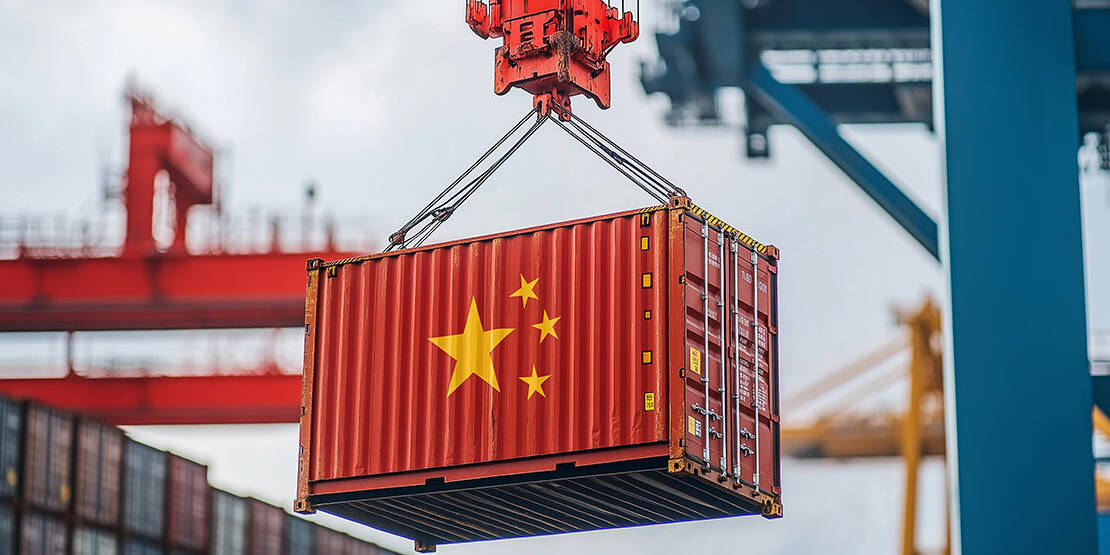Traditionally for us, this time of year is a period when thoughts move towards what is likely to happen with ocean freight in the next twelve months, and like any successful business, Westbound try to forecast what might lie ahead.
Of course, forecasts and plans sometimes have to be adjusted quickly when global incidents occur, like the Covid pandemic in 2020 and the Houthi-led Red Sea diversions at the beginning of this year.
However, there are already significant obstacles to making any kind of prediction for what the 2025 ocean freight market may look like.
US Presidency
Firstly, we have the change of president in the US, with Donald Trump due to take over on January 20th. This would not usually be something that greatly impacts UK ocean freight services. However, during Trump’s campaign he continuously suggested he would impose import tariffs of up to 60% on China and 10-20% on the rest of the world, which would clearly affect trade if he follows through with these threats.
The transpacific market is the biggest in the world, largely driven by shipments from China to the US. A 60% tariff could make a serious dent in trade between the two countries and carriers may be forced to push their resources elsewhere, leading to over-capacity on global ocean freight markets.
Cape Of Good Hope Diversions
Another uncertain area is the Cape Of Good Hope vessel diversions. Should hostilities improve, especially the Houthi Rebel attacks, then Asia to European services may be able to safely return to the Suez Canal route, and if so would carriers even want to?
Rates had hit rock-bottom this time last year, before Houthi attacks on commercial shipping drove vessels around Africa and created a dramatic squeeze on capacity. Much longer transit times meant that every service loop needed 2-3 more vessels.
The global fleet is now reportedly at 30.65m teu, which is 10% higher than twelve months ago, after the introduction of numerous new build vessels this year. Currently, around 7.5m teu of new ships are on order, which suggests a return to travelling through Suez would only add to the potential of over-capacity, which is not in carrier’s best interests.
Carrier Alliances
By the end of February, the majority of carrier alliance reshuffles should be officially complete. This is the biggest shake up of ocean freight carriers in over a decade, with old partners parting ways and new relationships being formed.
Maersk and MSC will have officially split and dissolved the long standing 2M Alliance. MSC will largely be operating within its own network, while Maersk will be in partnership with Hapag Lloyd after the latter leaves THEA (The Alliance). What impact these alliance changes have remains to be seen.
Of course, your Westbound team will be staying on top of all of these developments as 2025 unfolds, but as far as predicting next year’s ocean freight trends is concerned…. we’re hoping things will be clearer after Chinese New Year!
If you have any questions regarding the above, then Westbound are here to help. So, please do not hesitate to contact us.

Become a Westbound VIP
From simpler bookings, communication, and collaboration to reporting, insights, and more, our intuitive cloud platform puts everything in one place. So you get control, efficiency, and transparency, and a launchpad for your supply chain.
Related Posts
04/03/2025
New Trump Tariffs Kick In For Canada, Mexico & China
Following a one month postponement, the…
27/02/2025
Orders Mount With Chinese Shipyards As US Considers Penalties
The numbers of orders for new-build…


